Holly #2 Traditional Geocache
-
Difficulty:
-

-
Terrain:
-

Size:  (small)
(small)
Please note Use of geocaching.com services is subject to the terms and conditions
in our disclaimer.
Holly #2
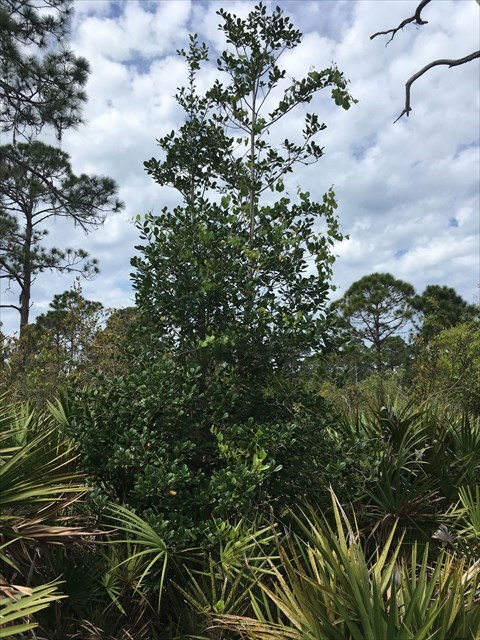
This is another American Holly, similar to the other one along the circular trail near here.
Ilex opaca, the American holly, is a species of holly, native to the eastern and south-central United States, from coastal Massachusetts south to central Florida, and west to southeastern Missouri and eastern Texas.
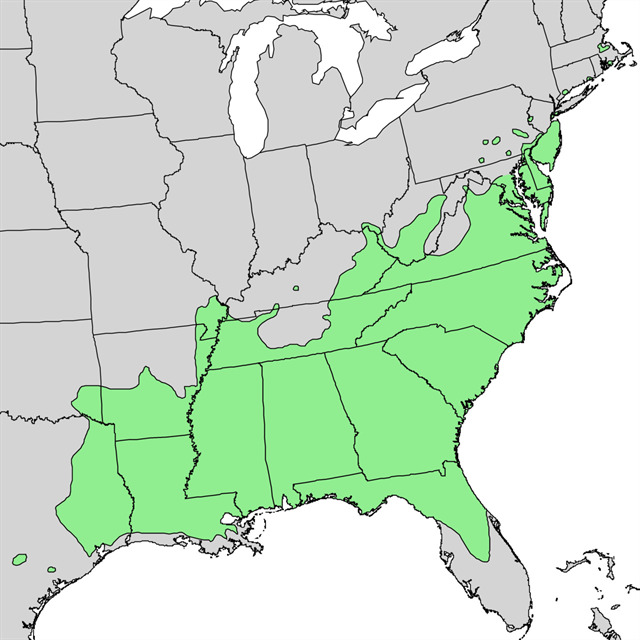
Ecology
Ilex opaca typically grows as an understory tree in moist forests of the east-central, southeastern, and south-central United States. It is found in sparse numbers in the northern part of its range from Cape Cod, Massachusetts, south to northern New Jersey (including southern Connecticut and southeastern New York). It is abundant further south on the Gulf and Atlantic lowlands. The branches are short and slender. The roots are thick and fleshy. It will grow in both dry and swampy soil, but grows slowly.Ilex opaca var. arenicola, or scrub holly, is found as a shrub component in xeric scrub habitats of the Florida peninsula. This plant is shade tolerant. The ideal yearly precipitation average for the species ranges from 102 cm to 165 cm.
(Xeric: Deserts and xeric shrublands are a habitat type defined by the World Wide Fund for Nature. Deserts and xeric shrublands form the largest terrestrial biome, covering 19% of Earth's land surface area.
Ecoregions in this habitat type vary greatly in the amount of annual rainfall they receive, usually less than 250 millimetres (10 in) annually. Generally evaporation exceeds rainfall in these ecoregions. Temperature variability is also diverse in these lands. Many deserts, such as the Sahara, are hot year-round but others, such as Asia's Gobi, become quite cold in winter.
Temperature extremes are a characteristic of most deserts. Searing daytime heat gives way to cold nights because there is no insulation provided by humidity and cloud cover. The diversity of climatic conditions,though quite harsh, supports a rich array of habitats. Many of these habitats are ephemeral in nature, reflecting the paucity and seasonality of available water.)
Woody-stemmed shrubs and plants characterize vegetation in these regions. Above all, these plants have evolved to minimize water loss. Animal biodiversity is equally well adapted and quite diverse.
The flowers are pollinated by insects, including bees, wasps, ants, and night-flying moths. The berries are reputedly poisonous to humans, but are important survival food for birds, who will eat the berries after other food sources are exhausted. The tree also forms a thick canopy which offers protection for birds from predators and storms. Songbirds including thrushes, mockingbirds, catbirds, bluebirds and thrashers frequently feed on the berries.
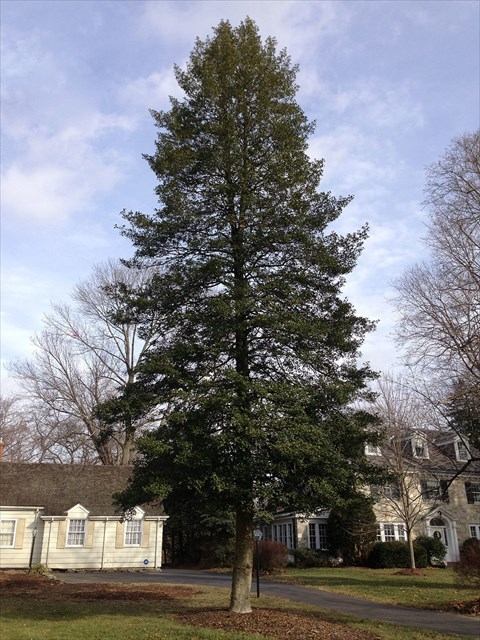
Mature plants often display a pyramidal shape
Ornamental plant
Ilex opaca is often cultivated by plant nurseries for use as a broadleaf evergreen ornamental plant, planted as a shrub or slower growing ornamental tree. Over 1,000 cultivars have been selected, including plants selected for cold tolerance ('Cobalt', a male cultivar, is able to tolerate temperatures as low as −32 °C), growth form (e.g. dwarf forms such as 'Cardinal Hedge', a female plant growing to 1.2 m tall), and color and abundance of fruit (notable female cultivars including the large-berried 'Yule', and the yellow-berried 'Canary' and 'Morgan Gold’).
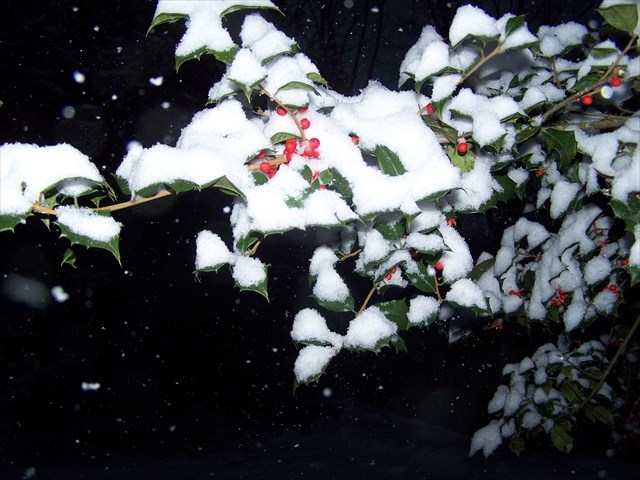
The holly in winter
Not only is the holly associated with winter decoration, it serves as a source of food and shelter during inclement weather
Holly is a popular winter Christmas and holiday season decoration. In English poetry and English stories the holly is inseparably connected with the merry-making and greetings which gather around the Christmas time. The custom is followed in North America, and holly and mistletoe are widely used for decoration of homes and churches.
The European holly is smaller than the American holly, but closely resembles the American holly. The leaves of both species are similar in outline and toothed and bristled very much the same way, but the leaves are brighter in the American holly and larger. The American holly, called the evergreen or Christmas holly (Ilex opaca Aiton) was named the state tree of Delaware on 1 May 1939.
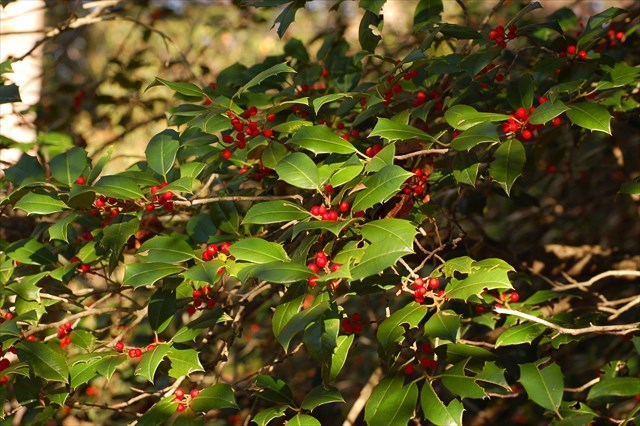
Holly fruit (drupes) appear late in the season, and whether due to the need to ripen or being a food of last resort, often last until midwinter. Cedar Waxwings will strip the trees of fruit if they are not already bare during their northward migration.
The cache is a small, typical KET cache, i.e. tied in, camoed pill bottle, holding only a rolled log with a rubber band in a tiny Zip lock bag. Please try to keep it that way and report if something seems amiss.
Additional Hints
(No hints available.)